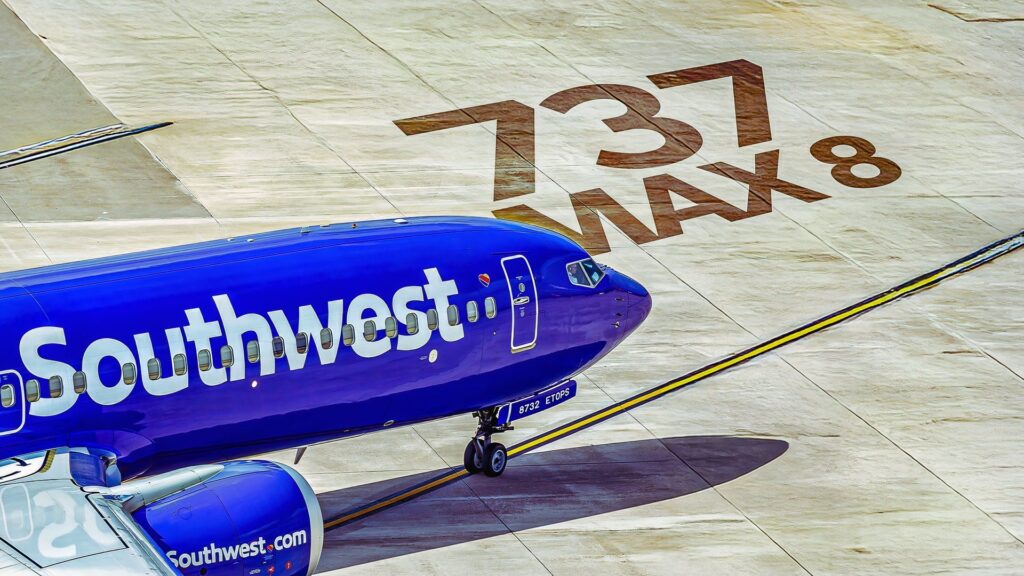
Southwest Airlines is set to expand its service by introducing nonstop flights to Alaska starting in May 2024. Initially, the airline will offer routes from both Denver and Las Vegas, two of its busiest transit hubs for passengers traveling across the United States. This move marks a significant shift in Southwest’s operations and network strategy, directly competing with established carriers such as Alaska Airlines from Las Vegas and both Alaska Airlines and United Airlines from Denver.
New Routes and Operational Changes
The new service to Alaska is part of Southwest’s broader strategy to enhance connectivity and expand its market presence. As the airline prepares for the launch, it is noteworthy that various operational changes have taken place recently within the company. The introduction of these routes will enable passengers to fly directly to Anchorage, Alaska’s largest city, with flight durations expected to reach up to 5 hours 30 minutes from Denver and 5 hours 25 minutes from Las Vegas.
While the upcoming Anchorage routes are shorter than other flights in Southwest’s network, they signify the airline’s commitment to increasing its service offerings. According to the airline’s projections for June 2026, the longest flights will still be predominantly from its Hawaiian routes, with the Phoenix to Honolulu route clocking in at 6 hours 35 minutes.
Snapshot of Southwest’s Future Operations
For those interested in the specific details of Southwest’s flight times and operational strategies, a look at Southwest’s route data provides a glimpse into its planned operations. For instance, as of October 10, 2023, the following routes were highlighted for June 2026, showcasing the airline’s commitment to maintaining a robust flight schedule:
– 6h 35m – Phoenix to Honolulu, daily
– 6h 20m – Las Vegas to Honolulu, three daily flights
– 6h 10m – Boston to San Diego, daily
These routes reflect the airline’s focus on maximizing its operational efficiency while competing in key markets.
According to data from the US Department of Transportation, Southwest Airlines transported over 14,151 round-trip passengers between Denver and San Jose, Costa Rica, in the past year, achieving a remarkable seat occupancy rate of 91%. This performance illustrates the airline’s ability to attract passengers even in its smaller international markets.
The Southwest experience continues to evolve, with the introduction of the Boeing 737 MAX 8 for its new routes. This aircraft will not only facilitate the flights to Alaska but will also serve other markets, ensuring that passengers receive a modern and efficient travel experience.
As Southwest Airlines prepares for its Alaskan adventure, industry observers will be watching closely to see how it impacts the competitive landscape in the region and whether it can secure a substantial share of the market against its rivals.






